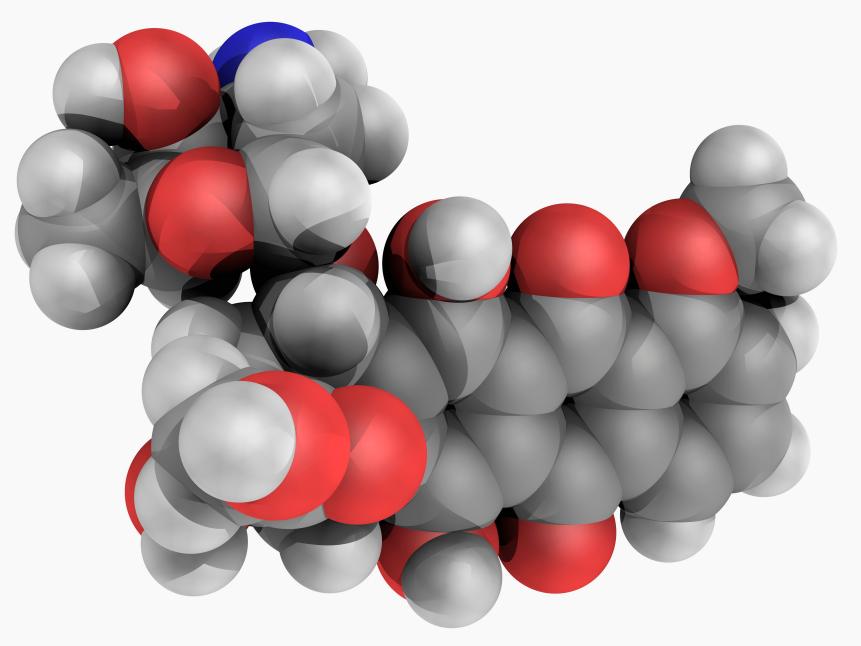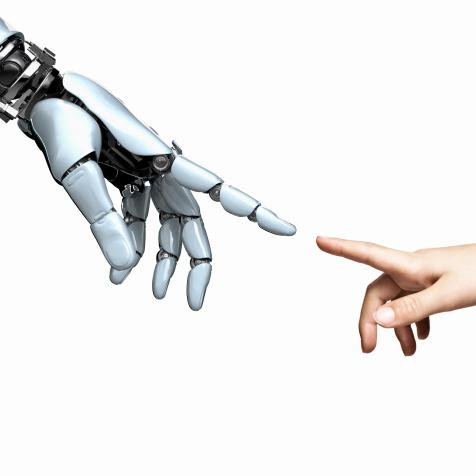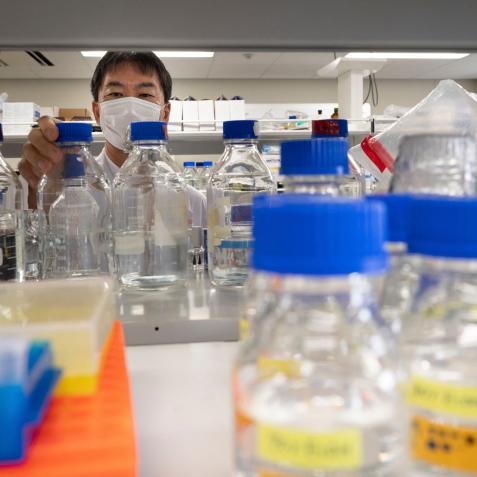
remotevfx
Nanodiamond Sparkles as Miracle Material of Future Technology
Invisible to the naked eye and made from one of Earth’s most abundant elements, carbon, the wonder-material nanodiamond is an impressive creation. These tiny particles of diamond measure billionths of a meter in size, but their impact on future science is likely to be colossal.
Nanodiamonds don’t sparkle and are a tiny fraction of the cost of those found inexpensively cut jewellery. Pure nanodiamond particles in large quantities have the appearance of a grey powder. But this unassuming looking material has special properties that make it useful in energy generation, medicine, imaging and engineering.
Radioactive waste is one of the most toxic byproducts of nuclear fission energy – hard to clean up or store safely, and radiation-emitting for thousands of years. Yet scientists are using radioactive isotopes inside nanodiamonds to create a low electric charge battery that can work for millennia.
Waste inside the diamond particles emits high-energy beta particles – electrons or positrons – generating an electric current. UK researchers say their breakthrough battery is not suitable for smartphones, but could power sensors in hazardous locations like satellites or volcanic craters, and potentially wearables like pacemakers and other medical devices.
Carbon-14 is their next target material as there are nearly 100,000 tons of radioactive graphite blocks containing the element in UK power plants alone. Diamond’s toughness is ideal for encasing waste graphite, making it an option for cleaning up reactors. Plus, carbon-14 batteries only reach 50 per cent of their stored power after 5,370 years.
San Francisco start-up NDB is commercializing its own radioactive plutonium and uranium-powered nanodiamond batteries to create green energy. The firm says its battery life may be up to 28,000 years, so it could power lengthy spacecraft and satellite missions. NDB is also looking at the battery’s potential in consumer electronics, aircraft and electric cars. In effect, devices would need to be replaced before the battery powering them.
Soviet nuclear research scientists were the first to create diamond nanoparticles in 1963. Their experiments show how they were generated from the carbon used in trigger explosives for nuclear weapons. Detonation is just one way to yield nanodiamonds – they can also be made using ion or laser bombardment, ultrasound waves and chemically.
Biomedical researchers are now using nanodiamonds to discover more about cell biology and disease. Each particle is luminescent, producing light that is consistently bright, and biocompatible, so they do not interfere with or damage cell and tissue function.
Once inside cells they can be used to monitor changes to cell health. Or developed for use in paper-based lateral flow tests to detect viruses including HIV and SARS-CoV-2. Tests created at University College London are able to find a single molecule of HIV RNA in a sample. Future lateral flow tests could be read using a smartphone, making them much more accessible to general medics.
Perhaps the most urgent cases for diamond use are those involving cancer. Physicists at the University of Sydney say nanodiamonds can be light beacons that allow MRI scans to find early-stage tumours, giving medics the ability to target cancers well before they become deadly.
Human bodies contain approximately 40 trillion cells. Once healthy cells mutate into cancers they can become incredibly difficult to treat. Glioblastoma brain tumours are a good example because of the difficulty of getting drugs to cross the blood-brain barrier. But scientists at UCLA attached chemotherapy drug doxorubicin to nanodiamonds that delivered more drugs to these tumours and had fewer toxic side effects.

LAGUNA DESIGN
Doxorubicin, molecular model; Atoms are represented as spheres and are color-coded: carbon (grey), hydrogen (white), nitrogen (blue), and oxygen (red).
Tiny diamond particles are also proving their worth at an industrial engineering level, by powering clean technology. Hazardous industrial wastewater from oil processing plants is pumped out at high temperatures. But using treated nanodiamonds in a membrane filter allowed researchers to remove larger amounts of impurities from water at 167 F (75 C) than other filters.
Diamond filters also enable wastewater to be cleaned without cooling first, saving energy, and needing less re-heating to be used again.
Then there are high-level engineering benefits, such as next-generation computers. Nanodiamonds can become the basis for quantum computing, operating as highly uniform and less costly qubits – the building blocks for the world’s most powerful supercomputers.
On top of that, the idea of building entire microelectronic devices out of nanodiamond could be the next step. Diamond devices could operate at high speed and low energy. Researchers at Vanderbilt University have built essential components like transistors and logic gates from thin nanodiamond films.
Operating somewhere between old-fashioned vacuum tubes and modern electronics, the diamond devices produce much less heat. The team thinks diamond circuits can use ten times less power than silicon computers and will also be practically immune to radiation damage. That would make nuclear reactor controls built from diamond electronics virtually failsafe.












































































